If you are someone who enjoys spending time in the outdoors, you might be concerned about how long tick season is in Connecticut.
Whether you’re hiking or getting a swim in at a lake – when you’re outside, ticks are a concern.
When does ticks season start in Connecticut, though, and how long does it last?
What kind of ticks should people in Connecticut be concerned about?
Get all the answers and more right here.
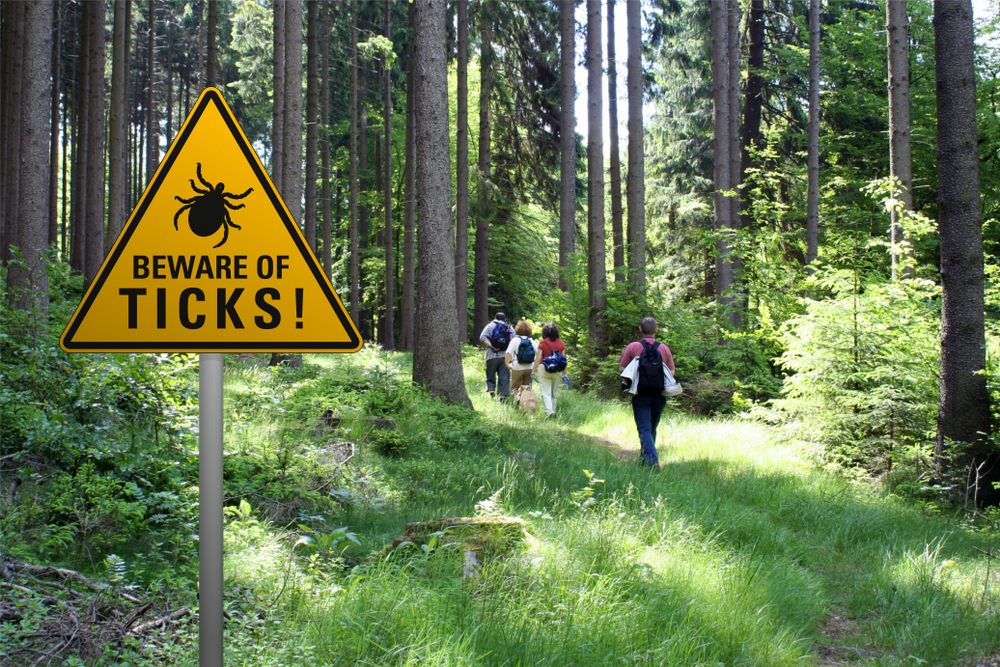
Are ticks common in Connecticut?
Yes, unfortunately.
Connecticut is actually in the top 20% of states with the most recorded tick-borne illnesses.
Connecticut is part of the 14% of states that are responsible for 95% of Lyme Disease in the U.S.
Lyme Disease is even named after an area of southeastern Connecticut, where it was discovered.
So, yeah – ticks are a problem here.
What types of ticks are found in Connecticut?
While hundreds of species of ticks exist, the 4 most common ticks in Connecticut are as follows:
- Blacklegged Tick (Deer Tick)
- American Dog Tick
- Lone Star Tick
- Brown Dog Tick
Out of these species of ticks, the Deer Tick is the most likely to bite humans and cause illness.
What do ticks in Connecticut look like?
If you are wondering what the 4 most common ticks in Connecticut look like, we’ve included some images for you below, along with the descriptions.
- Deer Tick
A Deer Tick has a solid-colored dorsal shield, which is unique to its species.
Male Deer Ticks have a uniform brown color and are dark in color, while females are generally two-toned and a bit lighter.
Full-grown Deer Ticks are about the size of a large sesame seed.
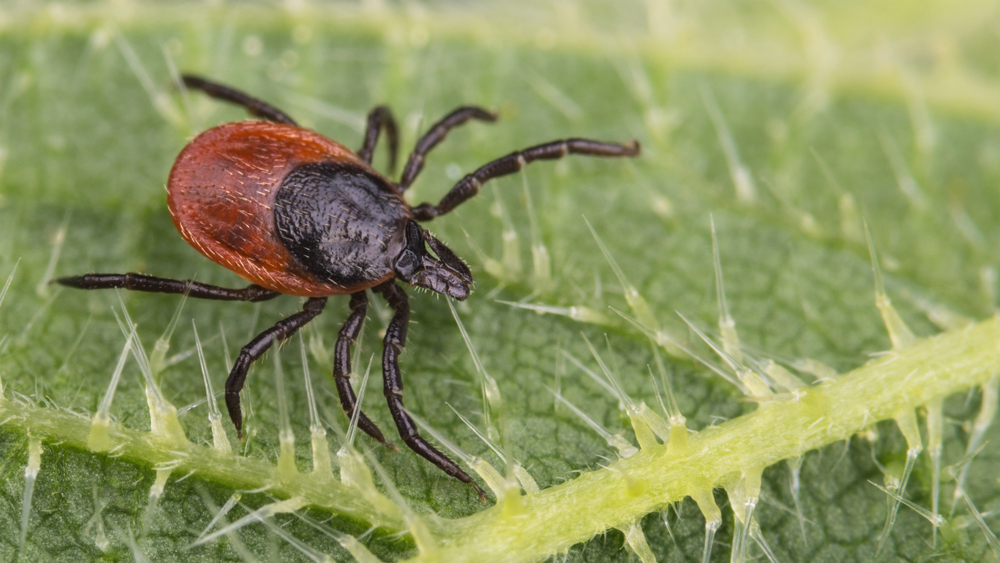
- American Dog Tick
American Dog Ticks are generally slightly larger than Deer Ticks, growing as big as 1/5″.
You can identify these ticks by the whitish coloration on their dorsal shields.
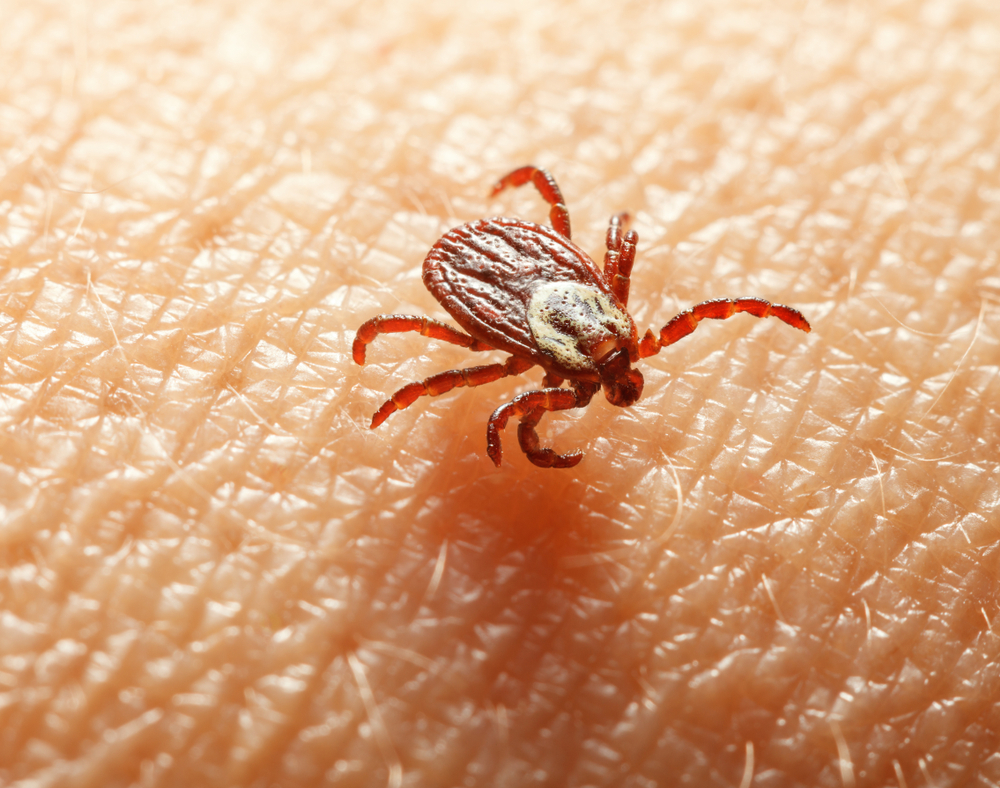
- Brown Dog Tick
Brown Dog Ticks are, as their name suggests, most commonly found on dogs.
They are reddish-brown in color, however, they can turn a grey-blue color when they are engorged after feeding.
They are typically difficult to spot due to their small size but can grow up to 1/2″ after feeding.
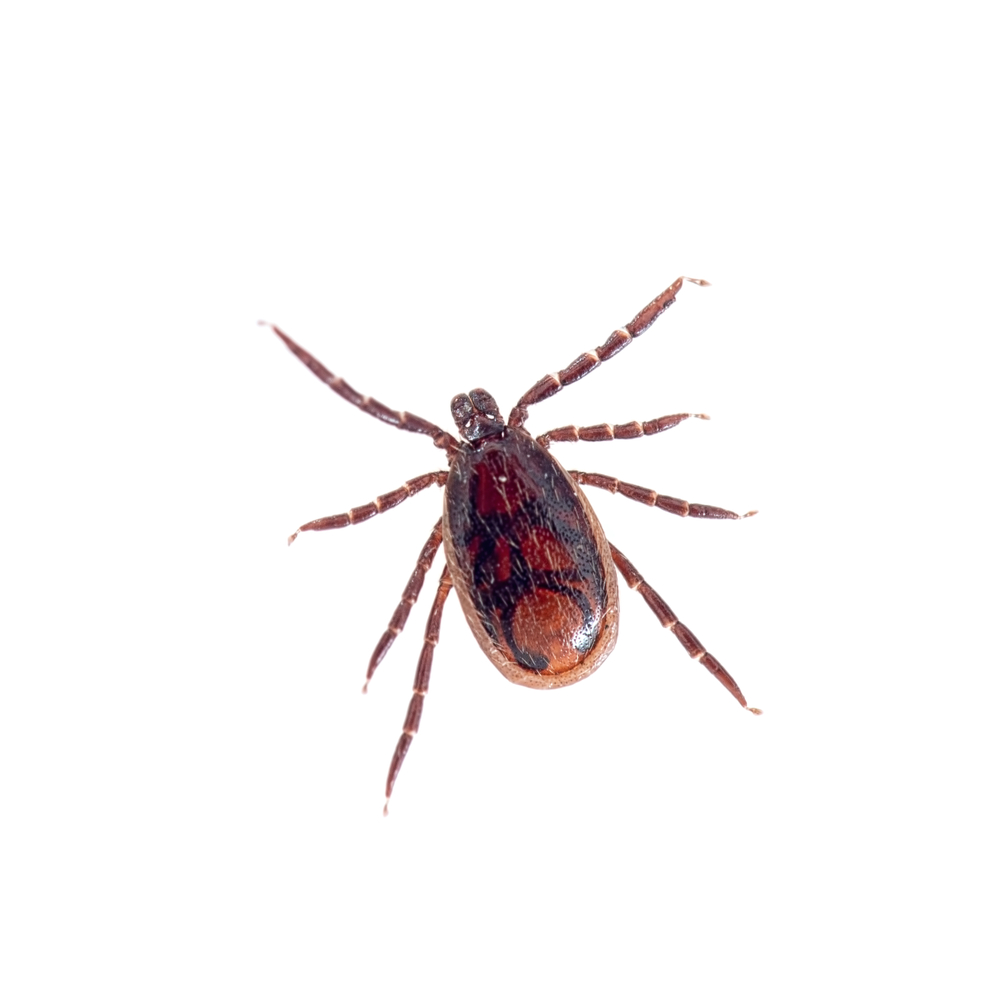
- Lone Star Tick
Female Lone Star Ticks can be identified by the white spot on their dorsal shields, while males have the same features, just without the spot.
The body of this species of tick is generally brown, roundish, and textured.

What percentage of ticks carry Lyme Disease in CT?
While there aren’t any solid numbers on how many ticks in Connecticut are carrying Lyme Disease, there’s plenty of information on one certain type of tick- the Deer Tick.
According to Hartford Healthcare, around 37.5% of Deer Ticks carry Lyme Disease.
The overall risk for contracting Lyme Disease from a tick bite is 2.6%. However, the risk increases significantly with the time the tick is attached and its level of engorgement at the time of removal.
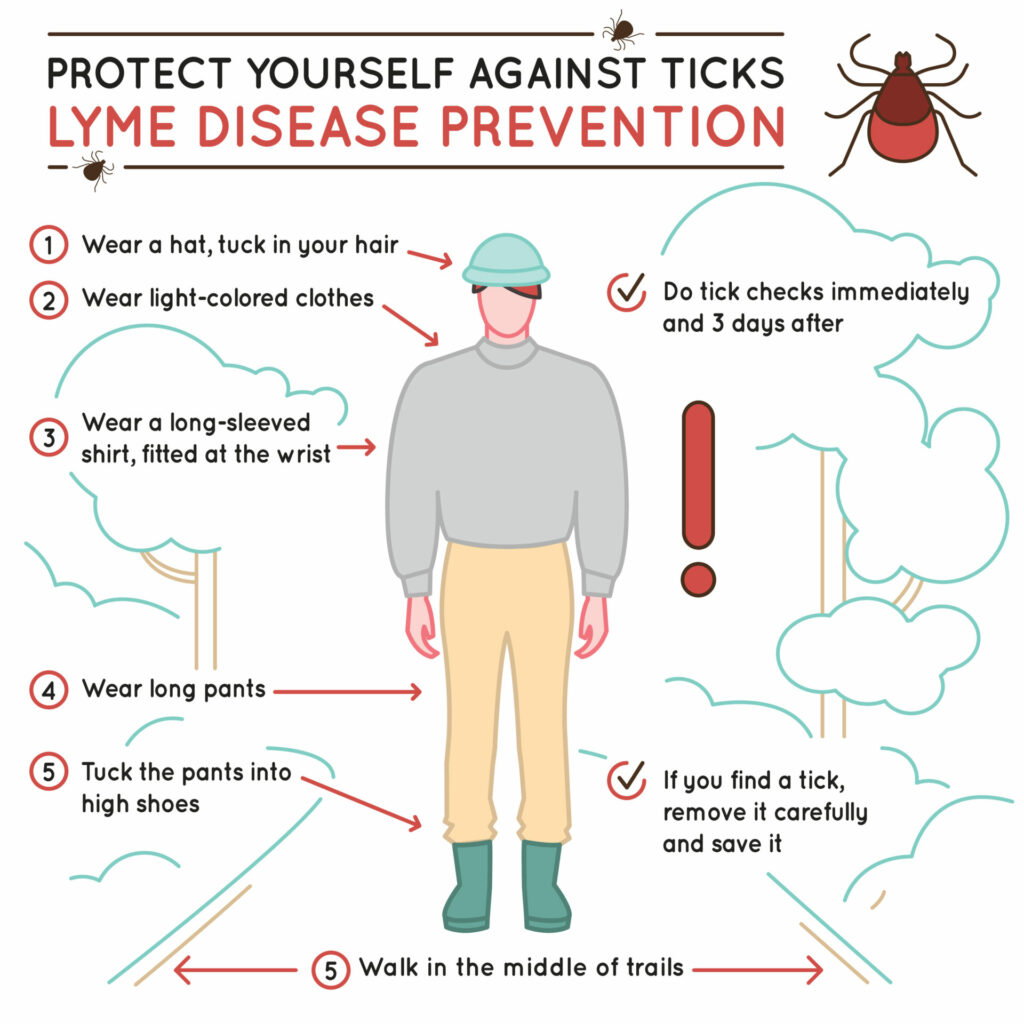
When does tick season start in CT?
Tick season is technically all-year-round, as ticks don’t really go anywhere when the weather is cold. During the winter months, they burrow in deep leaves and sometimes go dormant, if it’s cold enough.
Ticks are most prevalent starting around April when the weather starts to warm up. People generally refer to this time as “tick season”
This is when the nymphs (immature ticks) become active and mature ticks begin to feed again after the long Connecticut winter.
The 2021/2022 winter season went on a bit longer than in previous years. So, the ticks are out in full force this spring – hungrier than we’ve gotten used to.
How long is tick season in Connecticut?
So, when is tick season going to end?
The answer to this question really depends on this year’s weather. However, tick season in Connecticut typically ends in late October or mid-November.
Come the fall months, though, it’s not time to let down your guard on tick bite prevention and tick-checks for yourself and your family.
While spring is when nymphs are most active, Fall is when the mature ticks are most active.
So, now that you know a bit about what to expect from these disgusting little Connecticut arachnids, what can be done to prevent getting a tick bite?
Tick bite prevention in Connecticut
They say an ounce of prevention is worth a pound of cure. When weighing out whether to take some simple precautions or potentially expose yourself to Lyme Disease, the choice is a simple one.
Here are some things you can do to protect yourself from ticks while you enjoy the warmer months in Connecticut.
- Check for ticks every 2-3 hours while outdoors.
- Wear long pants and tuck in socks.
- Tuck shirt into pants.
- Use a repellent containing PMD or DEET when you are visiting tick-infested places, like state parks.
What to do if you get a tick bite
Here is some great tick-bite advice from the Mayo Clinic.
- Grasp tick with fine tweezers close to the skin without twisting, then wash the bite site.
- Save the tick in a plastic bag or small container.
- Take a picture of the tick.
- Monitor yourself for symptoms such as headache, facial palsy, rash, and joint pain, and contact a doctor immediately if these occur.
If you believe you were bitten by a deer tick, contact your doctor immediately for prophylactic treatment.
For more information on tick-bite first aid click here.